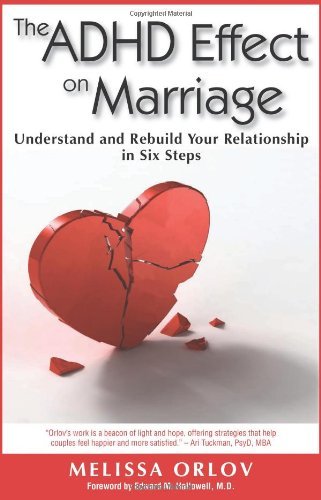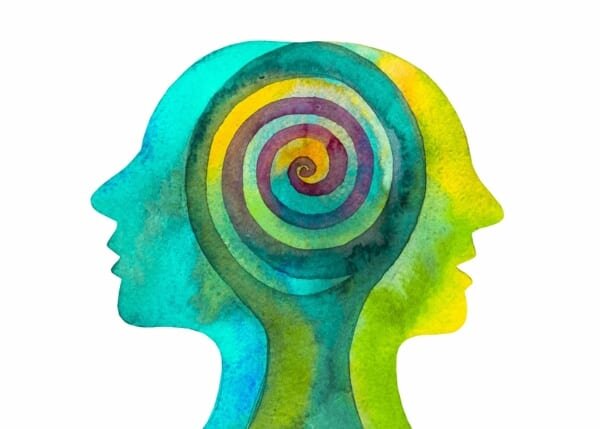Impact of Love Maps on Relationship Health: Building Stronger Connections
/By Caroline NeaL, LMFT
In the quest for a fulfilling and enduring relationship, understanding your partner’s inner world is crucial. Dr. John Gottman’s concept of the “Love Map” provides a valuable framework for this understanding, revealing how deep knowledge of each other’s experiences, preferences, and emotions can profoundly impact relationship health. Here’s how Love Maps contribute to stronger, more resilient relationships and practical ways to leverage this concept for enhancing your connection.
What is a Love Map?
A Love Map is essentially a mental map that contains detailed information about your partner’s life. This includes their history, current concerns, future dreams, likes, dislikes, and everyday routines. Dr. Gottman’s research indicates that couples with well-developed Love Maps—where partners have a deep understanding of each other’s inner worlds—tend to have healthier, more satisfying relationships.
The Impact of Love Maps on Relationship Health
1. Enhanced Emotional Intimacy
A well-developed Love Map fosters emotional intimacy by allowing partners to connect on a deeper level. When you know and understand your partner’s fears, dreams, and values, you can respond to their emotional needs more effectively. This mutual understanding creates a sense of closeness and security, essential components for a strong, emotionally fulfilling relationship.
2. Improved Communication
Understanding each other’s Love Map leads to more effective and meaningful communication. When you are familiar with your partner’s background and current concerns, you can engage in conversations that are more relevant and empathetic. This deeper communication helps to avoid misunderstandings and facilitates a more open and honest dialogue, reducing the likelihood of conflicts and enhancing relationship satisfaction.
3. Increased Empathy and Support
A comprehensive Love Map enables you to be more empathetic and supportive. Knowing your partner’s struggles, aspirations, and preferences allows you to offer support that is truly aligned with their needs. This empathy strengthens your connection and demonstrates that you are attentive to their experiences, building a stronger foundation of trust and mutual support.
4. Stronger Conflict Resolution
Conflict is a natural part of any relationship, but how you handle disagreements can make a significant difference. When you understand each other’s Love Maps, you can approach conflicts with greater insight into your partner’s perspective. This understanding helps to address underlying issues more effectively and work towards solutions that respect both partners’ needs and viewpoints.
5. Greater Relationship Satisfaction
Couples with well-developed Love Maps often report higher levels of relationship satisfaction. This satisfaction stems from the feeling of being known and valued by your partner. The sense of being truly understood and appreciated contributes to overall happiness and fulfillment in the relationship.
Practical Steps to Develop and Maintain Your Love Map
1. Ask Meaningful Questions
Engage in regular conversations that go beyond everyday topics. Ask questions about your partner’s dreams, fears, and significant life experiences. For instance, inquire about their childhood memories, future goals, or what they value most in life. This helps to deepen your understanding and keeps your Love Map current.
2. Share Your Own Insights
A two-way exchange of information strengthens your Love Map. Share your own experiences, dreams, and concerns with your partner. This reciprocal openness fosters mutual understanding and ensures that both partners are equally invested in each other’s inner worlds.
3. Regular Check-Ins
Make it a habit to regularly update each other on changes in your lives. This could involve discussing new interests, recent challenges, or shifts in personal goals. Regular check-ins help keep your Love Map up-to-date and relevant, ensuring that you remain connected and informed about each other’s evolving needs.
4. Celebrate Each Other’s Achievements
Acknowledge and celebrate your partner’s achievements and milestones. Recognizing their successes and showing genuine interest in their accomplishments reinforces your knowledge of their goals and fosters a sense of shared joy and support.
5. Practice Active Listening
When your partner shares something with you, practice active listening. Show that you are fully engaged in the conversation by reflecting on what they’ve said and validating their feelings. This active engagement demonstrates that you value their perspective and are committed to understanding their Love Map.
Conclusion
The concept of the Love Map underscores the importance of knowing your partner on a deep and meaningful level. By developing and maintaining a comprehensive Love Map, you can enhance emotional intimacy, improve communication, and build a stronger, more resilient relationship. Investing in this understanding not only enriches your connection but also contributes to overall relationship health and satisfaction. Embrace the journey of exploring each other’s inner worlds, and let your Love Map be a guide to creating a deeper, more fulfilling partnership.













